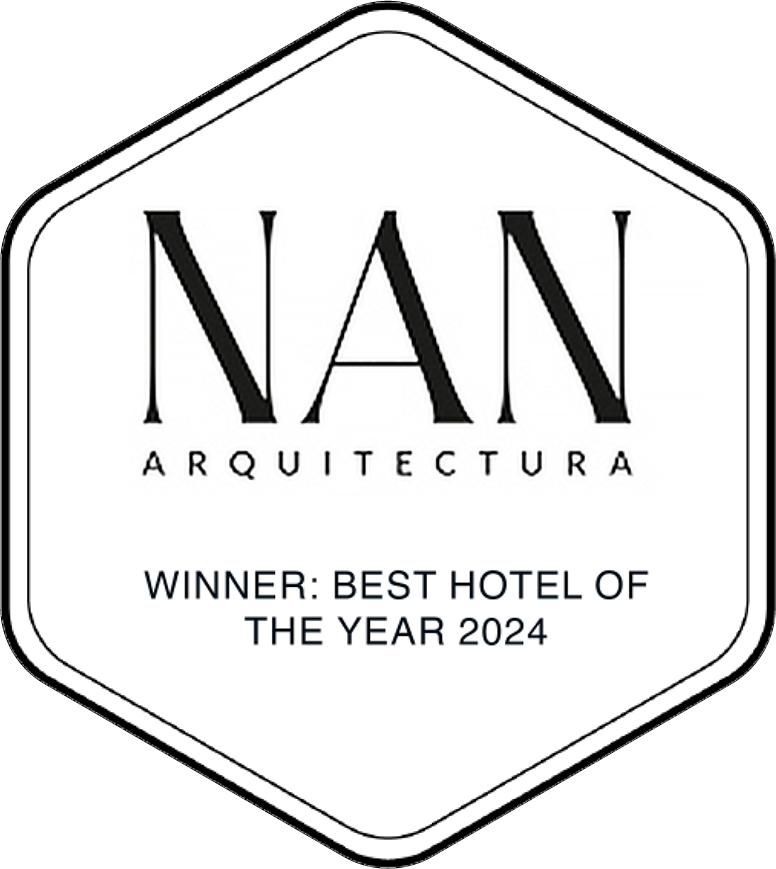Location:
South Africa
Scale:
4 000 m²
Design: SKREINSTUDIOS
Type: New construction
Program: Hospitality
Consultant: GASS Architecture Studios
Engineering: Sutherland Engineers & Climetric
Status: Completed 2023



Cape Town, off-grid.
The project is a sustainable boutique hotel in South Africa, seamlessly blending historical Cape Dutch design with modern green technology. Designed for elderly guests' rehabilitation and recovery, it utilises solar power, rainwater, and passive ventilation for independent operation. The interior spaces offer captivating views of Table Mountain and the bay, while protected outdoor areas shield guests from the African sun and coastal winds. With a focus on both environmental and social consciousness, Umoya provides an authentic African experience where highly contextual design meets innovative sustainability.
The primary goal of the Umoya project was to ensure maximum sustainability while adhering to local constraints. To achieve self-sufficiency in operational energy, the hotel employs a large north-facing photovoltaic (PV) plant. During sun hours, the plant powers a heat air pump system, providing floor heating or cooling and storing excess energy through thermal storage within the slabs. At night, the stored energy slowly releases, ensuring optimal comfort without engaging the heat air pump system. Additional electricity from the PV system is stored in battery packs for nighttime use, such as lighting and refrigeration. Regarding primary energy, the project utilised timber, brick, and concrete for the cottage's construction. Alien tree species prevalent in South Africa, known for excessive water consumption,were repurposed for the entire timber structure. Locally produced bricks were used in traditional Cape Dutch fashion, featuring double-layered walls for enhanced thermal capacity and an outer layerwith an intermediate air gap. The walls are then finished off with natural hand applied lime plaster.Concrete foundations and retaining walls were employed due to the sloped terrain, with a focus on using GGBF (ground granulated blast furnace) concrete, which reduces carbon emissions by up to 60%. Throughout construction, emphasis was placed on utilising local and national materials, with a commitment to avoiding imported goods.
The Cape Dutch cottage, a classic typology in South Africa's Western Cape, has been reimagined in this project, offering a contemporary take on the local vernacular. Embracing the region's cultural fabric, the design provides guests with an authentic African experience, while opening almost exaggerated views of the surrounding natural features. The seamless integration of interior and exterior spaces was a key focus, allowing guests to connect with nature. Natural terracotta tiles blur the boundaries between indoor and outdoor areas. To ensure comfort in these exterior spaces, innovative Computational Fluid Dynamics (CFD) calculations were employed to model wind conditions during different seasons, resulting in an intricate system of courtyards. Comfort modeling techniques were used to enhance the overall experience for guests. This involves the careful consideration of factors such as temperature control, airflow, and acoustics to create a comfortable environment. The project also includes solar studies to harness the abundant sunlight. Through the integration of solar panels and passive solar design principles, the cottage maximizes the use of renewable energy sources. The orientation and placement of windows, shading devices, and thermal insulation are strategically designed to optimize natural lighting, minimize heat gain, and reduce energy consumption.
In addition to our extensive efforts to reduce carbon emissions, both in terms of embodied and operational aspects, we also prioritised the social dimension of the project. A local contractor was carefully chosen, enabling us to employ construction workers from the nearby townships and surrounding areas of Hout Bay, just a short distance from the site. Our aim was to foster a sense of local identification with the project and its integration within the social fabric of the community. Similarly, the operational staff was selected with the same intention, emphasising the importance of their well-being. Significant attention was dedicated to the quality of the back-of-house areas, including the kitchen and staff break rooms, ensuring a conducive environment for the staff. These areas were designed with strong visual and spatial connections to the public guest areas, encouraging interaction between guests and staff. The project also incorporates features and amenities specifically designed to cater to elderly guests. Accessibility considerations such as ramps, handrails, and wider doorways are integrated into the design to accommodate guests with mobility challenges. Furthermore, the interior spaces are designed with ergonomic furniture, comfortable seating, and adequate lighting to ensure comfort and safety. The project recognizes the potential for the healing benefits of nature and locally grown food. The cottage design includes outdoor spaces that provide a tranquil and immersive natural experience, promoting relaxation and recovery for guests. Additionally, the project collaborates with local farmers and cultivates an on-site garden. The landscaping incorporates indigenous planting to showcase the diverse flora of the Western Cape region. Native plant species are carefully selected and integrated into the outdoor spaces, creating a visually appealing environment that celebrates the natural beauty and biodiversity of the area. This approach also helps to preserve and promote indigenous plant species, contributing to conservation efforts.













Partners